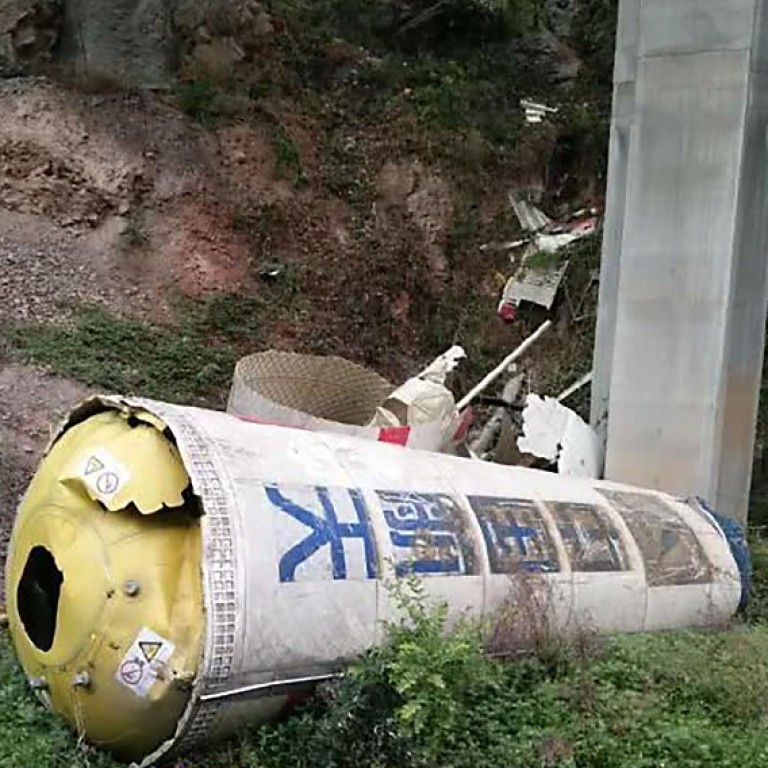
Areas not under the line are not exposed to the debris. How predicting a falling rocket is like forecasting hurricanesĪerospace Corporation's reentry prediction model shows possible reentry locations of the Chinese Long March 5B booster lie anywhere along the blue and yellow ground track. These unplanned reentries left "big chunks of metal where people are," Muelhaupt said. In May 2021, a Long March rocket booster plummeted back to Earth, causing property damage on the Arabian Peninsula. WHY A SPACECRAFT CLAW WAS BUILT TO CLEAN UP SPACE JUNK According to images shared by Aerospace Corp., part of the rocket fairing or nose cone landed in the Philippine Sea. Witnesses in Malaysia reported seeing bright objects in the sky that resembled meteors but said it was likely debris. The 25-ton rocket booster came tumbling back to Earth on July 30 over Southeast Asia. On July 24, a Long March-5B Y3 rocket launched from the Wenchang Space Launch Site in China, sending up the laboratory module for the orbiting station. "Here we go again," CORDS reentry and debris expert Ted Muelhaupt told reporters on Wednesday. Between 20% and 40% of the 24-ton booster is expected to survive its plummet to Earth. Previous launches of Long March rockets also made uncontrolled reentries.


It is critical that all spacefaring nations are responsible and transparent in their space activities and follow established best practices, especially, for the uncontrolled reentry of a large rocket body debris – debris that could very well result in major damage or loss of life."Īerospace Corporation's Center for Orbital and Reentry Debris Studies (CORDS) had been publicly tracking the rocket body known as CZ-5B and sharing its reentry predictions. "This is the PRC’s fourth uncontrolled reentry since May 2020, and each of these reentries have been the largest in last 30 years. "They did not share specific trajectory information which is needed to predict landing zones and reduce risk," Nelson said in a statement. NASA Administrator Bill Nelson condemned the People's Republic of China for the reentry calling it an "unnecessary risk."


 0 kommentar(er)
0 kommentar(er)
